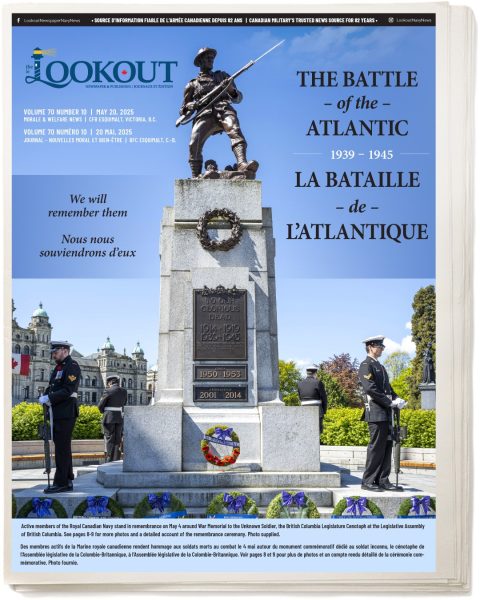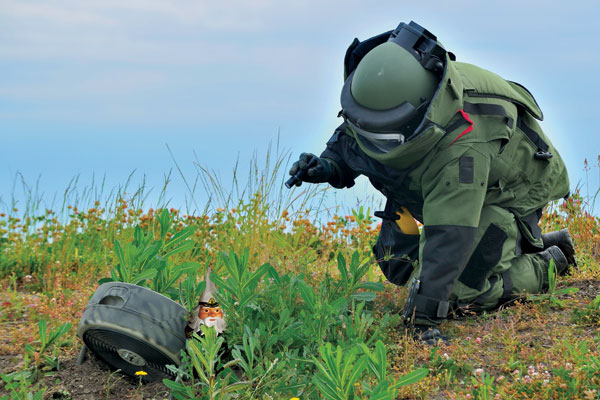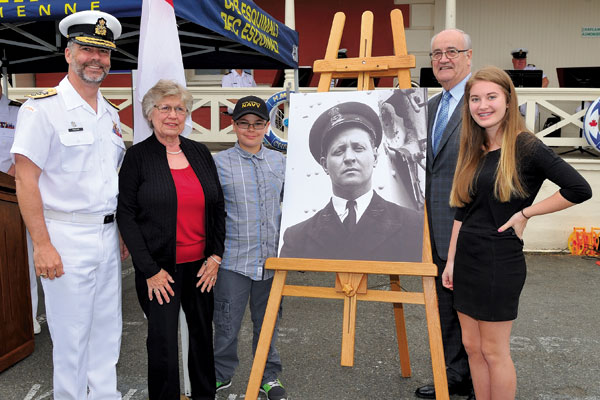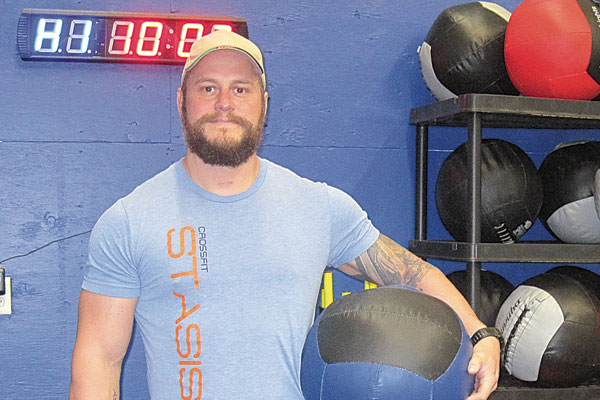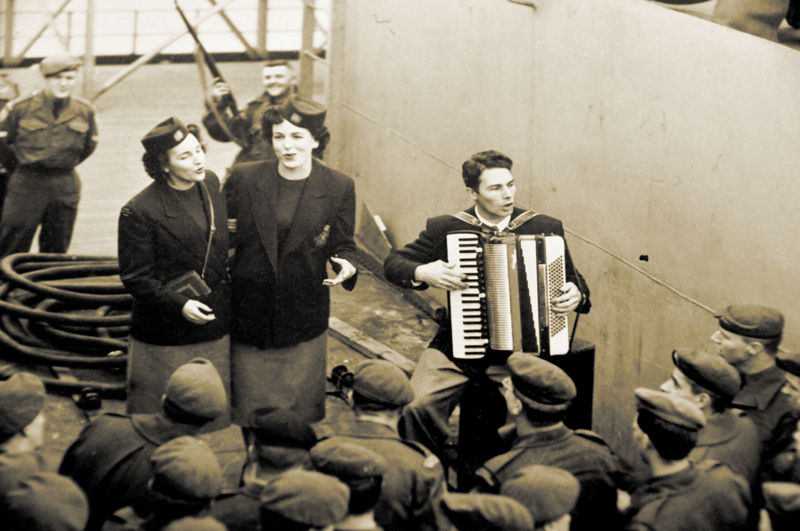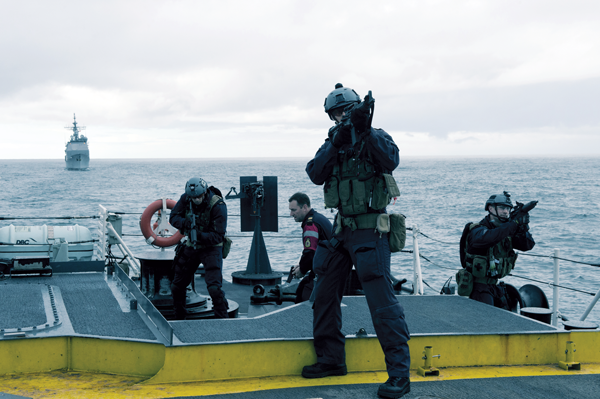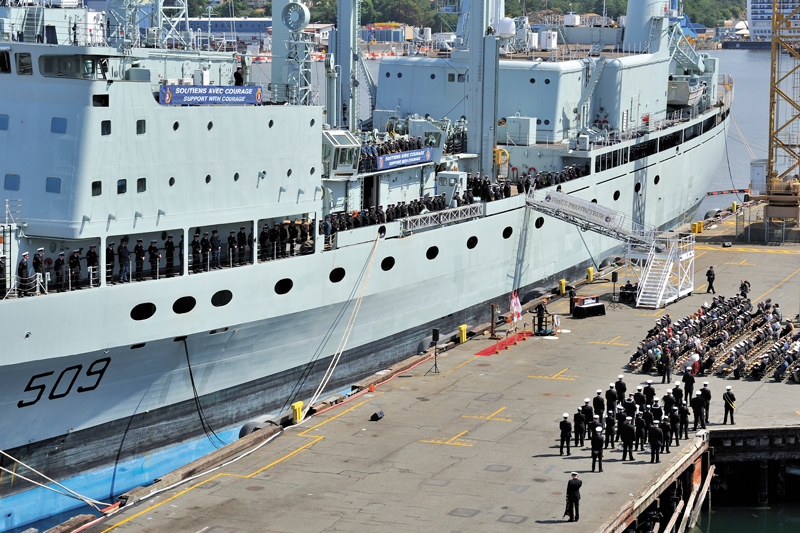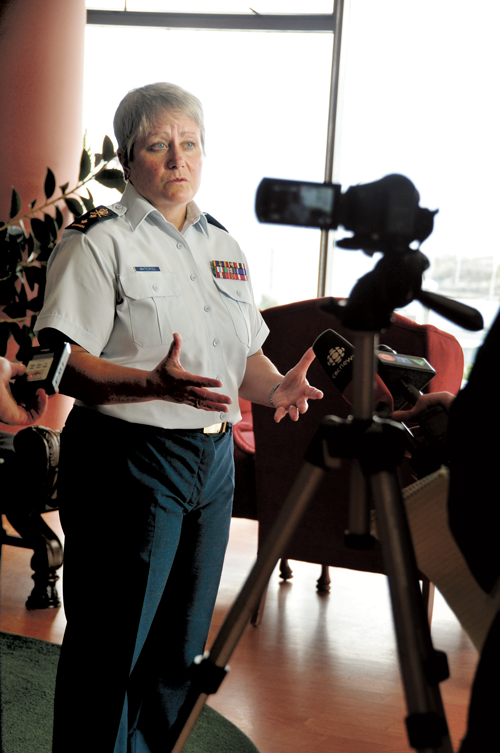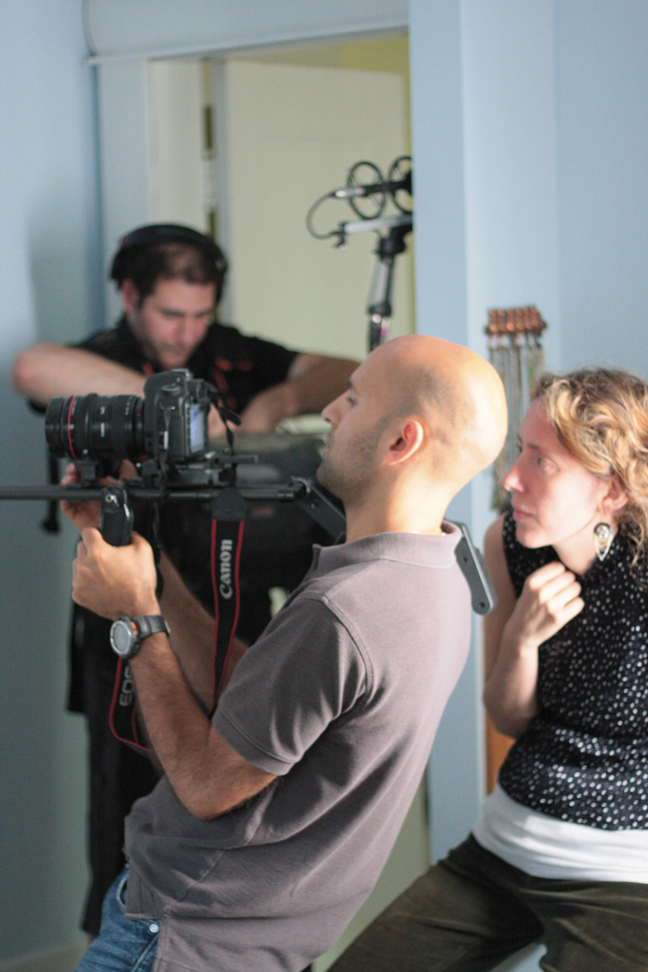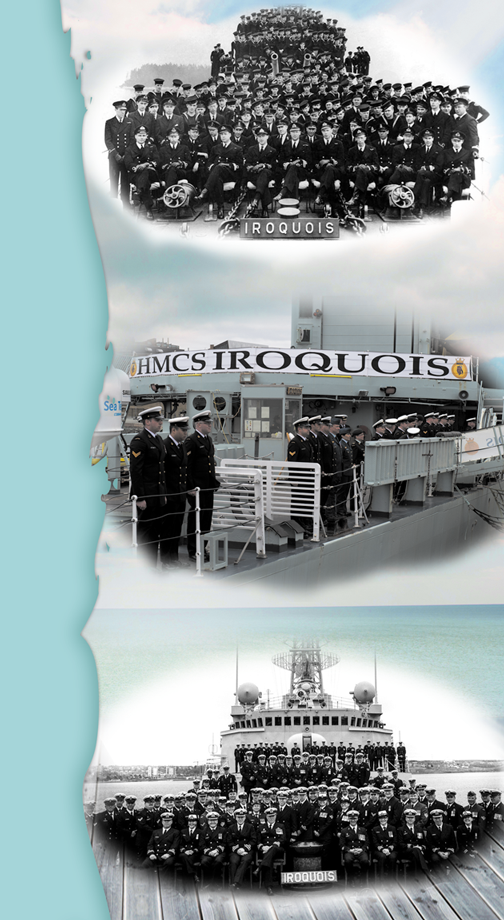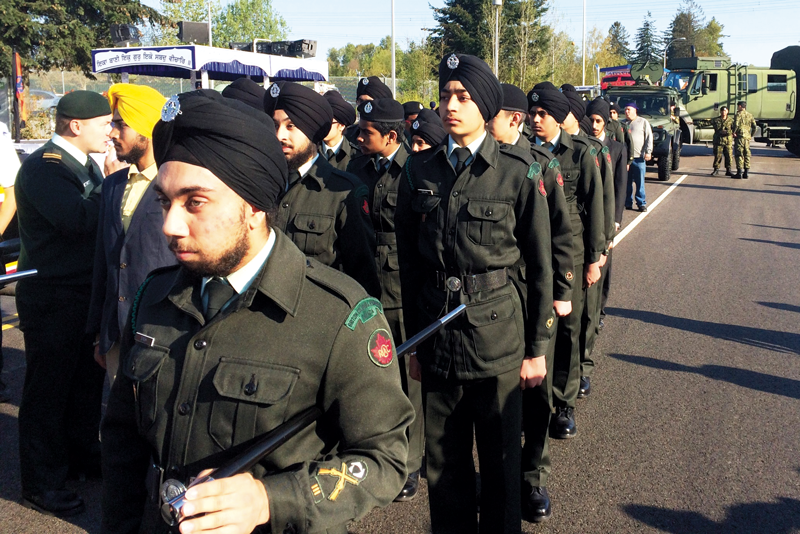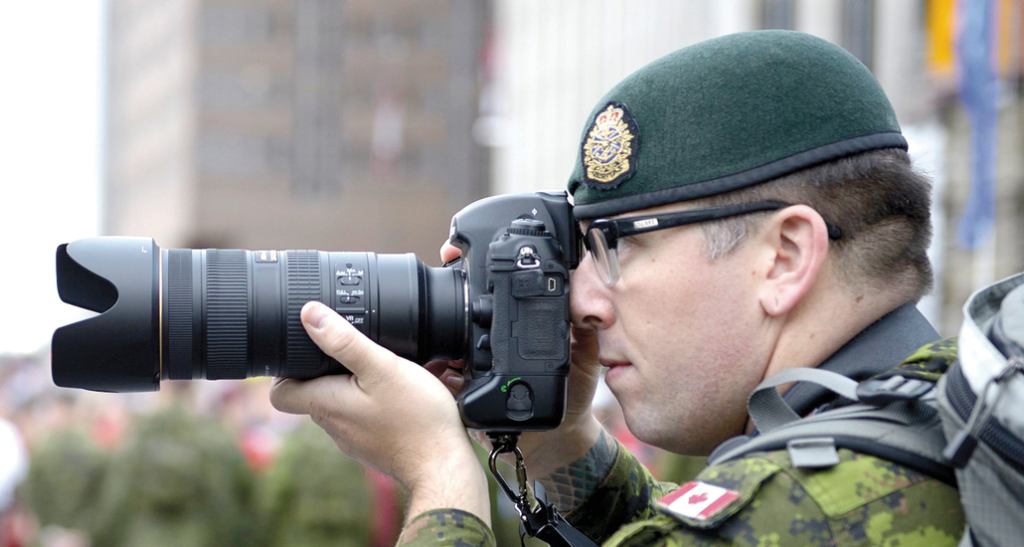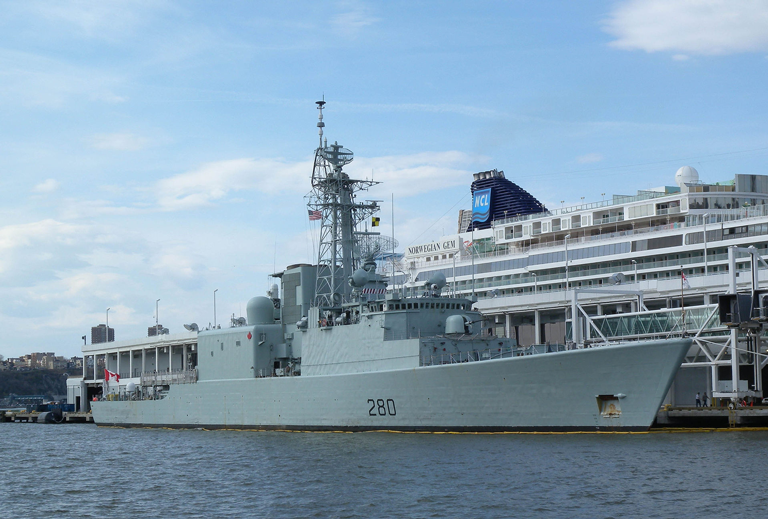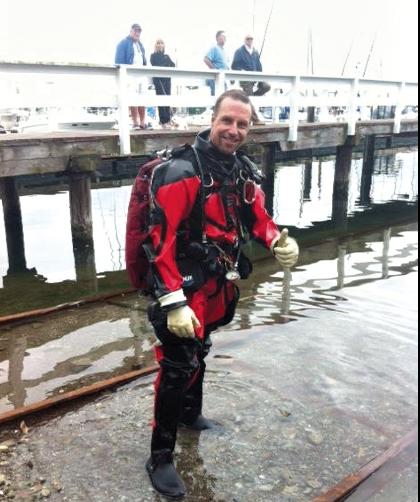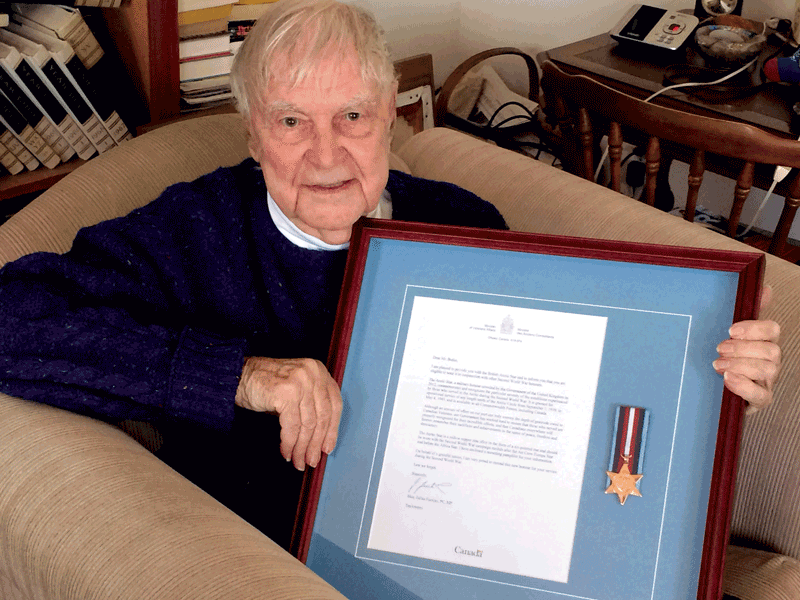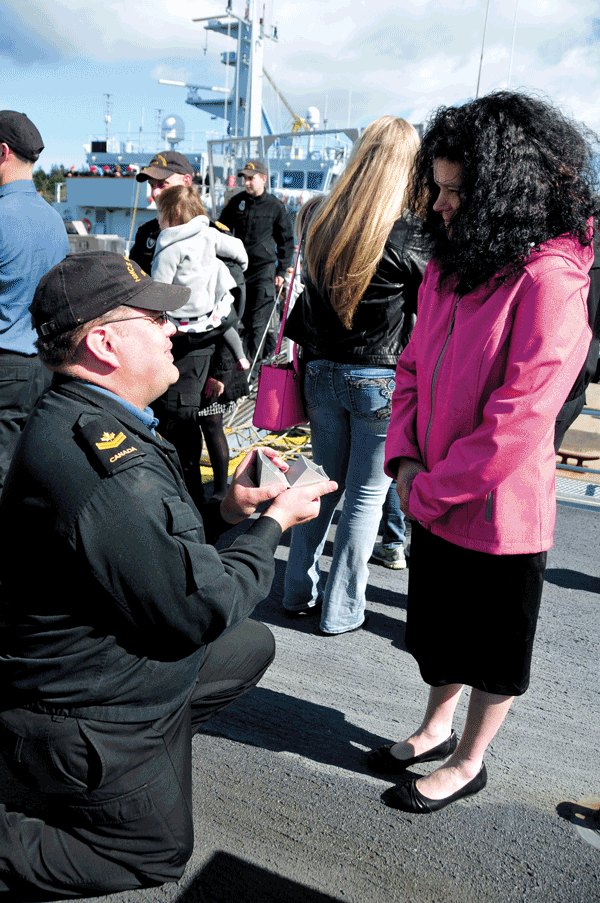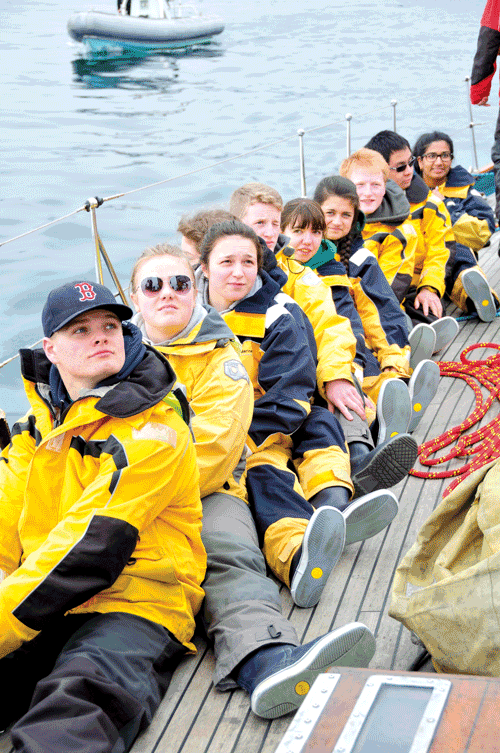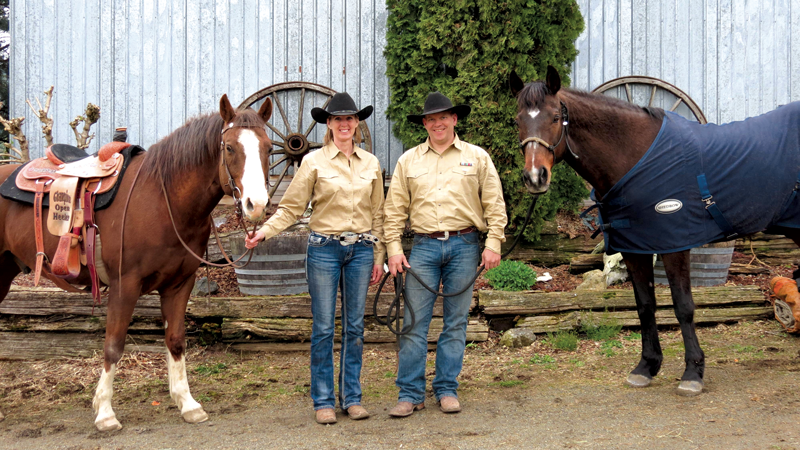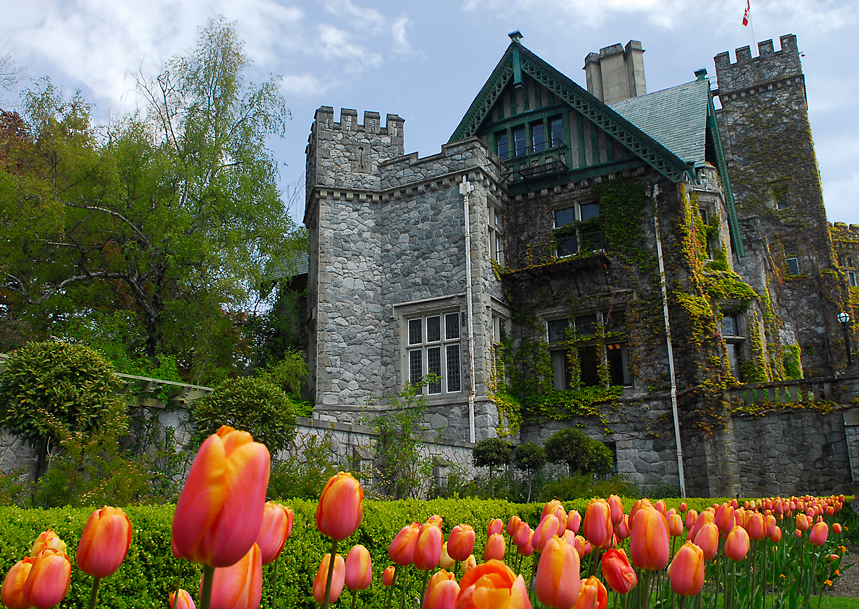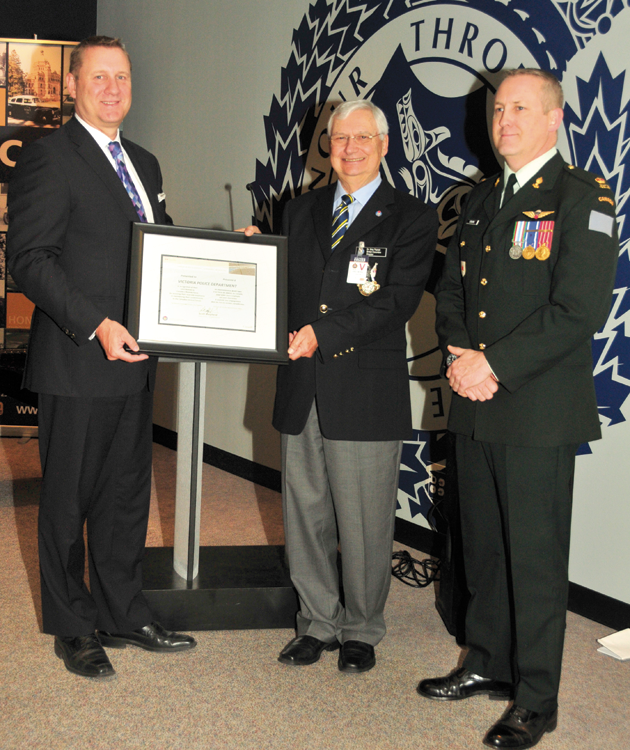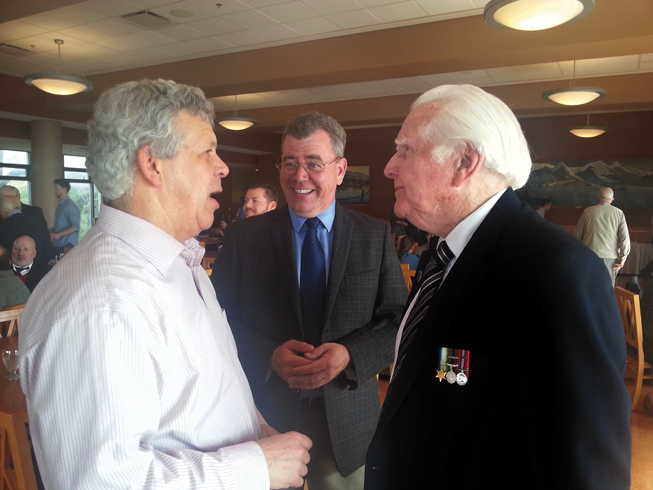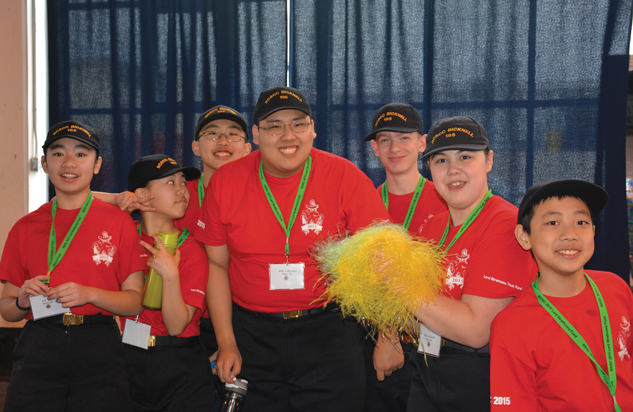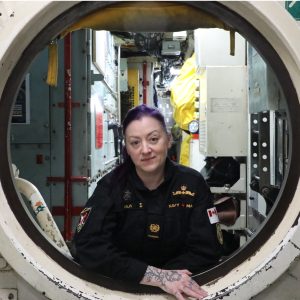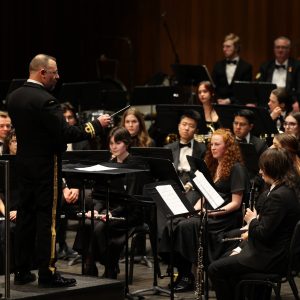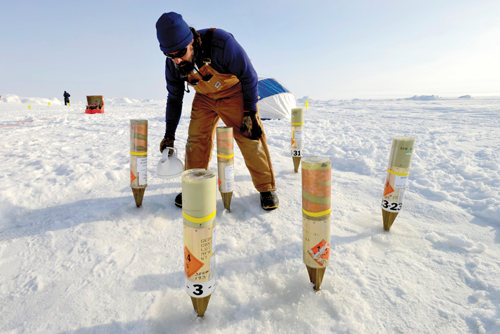
Defence scientists test geobuoys in the Arctic
[caption id="attachment_10080" align="aligncenter" width="300"] DRDC technologist Tim Murphy pours water around hand planted icepick geobuoys at the DRDC ice camp north of CFS Alert.[/caption]For two weeks this spring a team of scientists, technologists and logistics support staff from Defence Research and Development Canada (DRDC) evaluated the performance of newly improved geobuoys on behalf of the Royal Canadian Air Force (RCAF).“In order to conduct Arctic underwater surveillance in areas where the surface of the ocean is covered in ice, geobuoys play an important role in detecting and tracking underwater sounds,” said Major Glenwood Gullison, from the Directorate of Air Requirements in the RCAF.Geobuoys contain vibration sensors that can detect sound that travels through the water and into the ice; they are one of the best ways to detect underwater sounds below the ice.“Science and technology plays a pivotal role in the development of Department of National Defence capabilities,” said Maj Gullison. “The trial conducted by DRDC is part of this capability development and is an important contributor to maintaining airborne intelligence, surveillance and reconnaissance for the RCAF.”Due to their specific expertise and extensive experience in underwater acoustics and geobuoy technology, DRDC are uniquely positioned to conduct the evaluation of the redesigned geobuoy, Maj Gullison added.“DRDC is the only organization with the unique expertise to effectively test the product in operational conditions,” said Scott Campbell, an Undersea Sensor Systems Engineering Manager from the Department of National Defence.This year’s trial is testing the effectiveness of the geobuoy’s modifications. The geobuoys were modified by updating the battery, weight, and centre of gravity. The goal is to validate the technical refresh in an operational environment.Geobuoys are cylinder-shaped and contain a vibration sensor and radio transmitter, as well as a parachute on its tail and an icepick for a nose. They are dropped from an aircraft...
